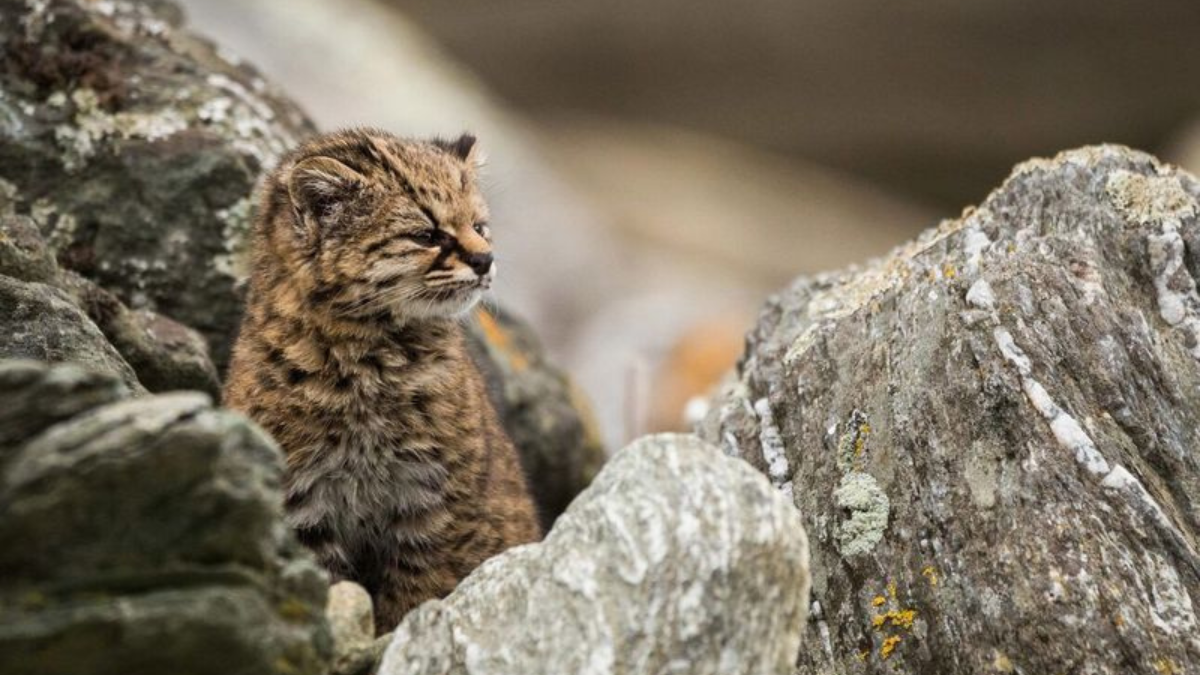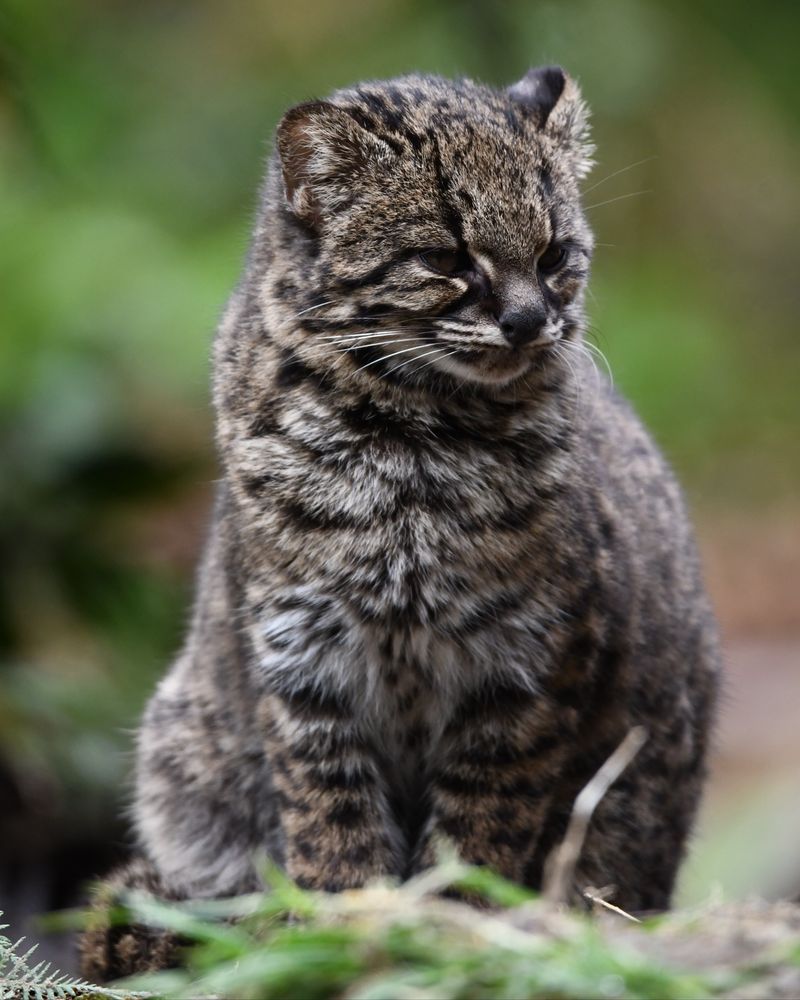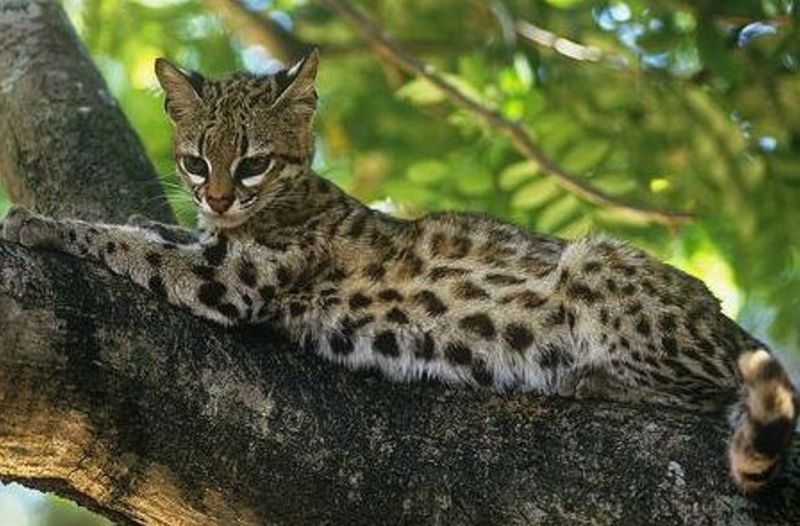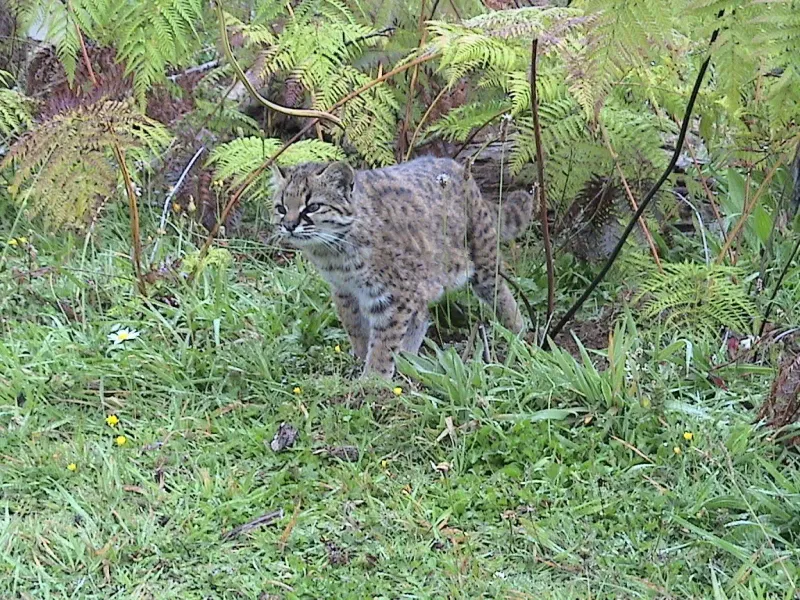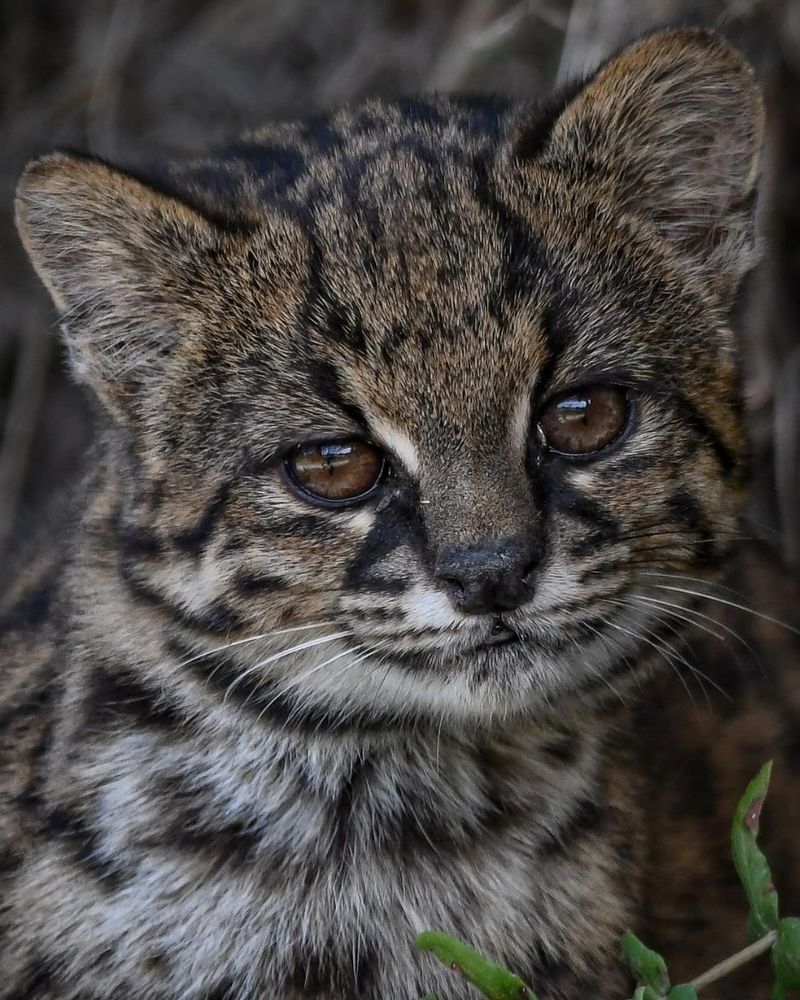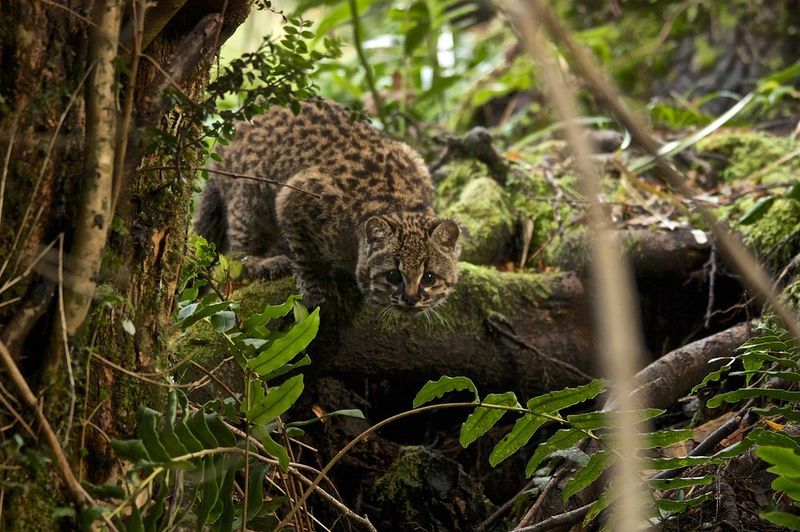📖 Table of Content:
In the dense forests of Chile and Argentina, one of the world’s smallest and most elusive wild cats resides. Known as the kodkod or güiña, this tiny predator measures only 16 to 20 inches in length and weighs as little as 4 pounds. Despite its small size, the kodkod is a skilled hunter with unique adaptations for survival.
This remarkable cat has developed traits that allow it to thrive in a constantly changing environment. Its ability to blend into the dense forest foliage, combined with sharp hunting skills, makes it an efficient predator. However, due to its shy nature and elusive habits, sightings of the kodkod in the wild are extremely rare.
The kodkod’s size belies its survival abilities, with features perfectly suited for its environment. It plays a crucial role in maintaining balance within its ecosystem. As one of the least-known wild cats, the kodkod remains a mystery to many, making it all the more fascinating to those who study it.
1. The Smallest Cat in the Americas
Standing at just 8 inches tall at the shoulder, the kodkod holds the title of smallest wild cat in the Americas. Adult kodkods typically weigh between 4-5.5 pounds – about the same as an average house cat kitten!
Their compact bodies are perfectly designed for slipping through dense undergrowth in their forest habitats. This petite predator’s small size is actually its superpower, allowing it to hunt in tight spaces where larger competitors can’t follow.
Female kodkods are usually slightly smaller than males, a common trait in wild cats that helps reduce competition between mates for resources.
2. Masters of Camouflage
Kodkods sport a beautiful brownish-yellow coat covered in small black spots that occasionally merge into lines. This pattern creates perfect camouflage in the dappled light of forest floors where they hunt.
Unlike many spotted cats, kodkods have relatively small, tightly packed markings that break up their outline against fallen leaves and forest debris. Their fur coloration varies slightly depending on habitat, with southern populations showing darker coats than their northern relatives.
The backs of their ears feature distinctive white spots that may help kodkod kittens follow their mother through dense vegetation in low light.
3. Habitat Specialists
In the temperate forests of Chile and Argentina, kodkods thrive among the ancient trees of the Valdivian and Araucaria regions. With their dense undergrowth and bamboo thickets, these woodlands offer the perfect environment for hunting.
Unlike many wild cats, kodkods rarely venture into open areas, preferring the safety of continuous forest cover. They’ve adapted to live in both pristine old-growth forests and secondary woodlands, showing unexpected flexibility in habitat selection.
Recent research indicates some kodkods have adapted to forest fragments surrounded by agricultural lands, using dense vegetation corridors to move between hunting areas.
4. Arboreal Hunting Techniques
Razor-sharp claws and powerful hind legs make kodkods exceptional tree climbers. They regularly hunt birds, lizards, and tree-dwelling mammals high above the forest floor, moving with remarkable agility through branches.
Researchers have observed kodkods leaping between trees to pursue prey or escape threats. Their tails, while not particularly long compared to some cats, provide crucial balance during these acrobatic maneuvers.
Many kodkods establish dens in hollow trees or dense vegetation tangles above ground, keeping them safe from ground-dwelling predators. This arboreal lifestyle separates them from many other small cat species.
5. Their Remarkable Night Vision
Kodkods come alive after sunset, when their enormous eyes – proportionally larger than most cats – gather available light to navigate the pitch-black forest. Their pupils can dilate to cover nearly the entire visible eye.
A specialized reflective layer behind their retinas, called the tapetum lucidu,m bounces light back through photoreceptors, essentially giving them a second chance to capture each photon. This adaptation allows kodkods to see in light levels 6-8 times dimmer than humans can perceive.
Their whiskers become crucial navigational tools in darkness, detecting slight air movements around obstacles and potential prey.
6. The Varied Menu of a Forest Predator
Despite their tiny size, kodkods maintain a surprisingly diverse diet. Small rodents form their primary prey base, but these adaptable hunters regularly catch birds, reptiles, and even insects when opportunity strikes.
Studies of kodkod scat reveal they occasionally consume plant material, particularly forest berries during autumn months. Their ability to switch between prey types helps them survive seasonal changes in food availability.
Farmers sometimes report kodkods raiding chicken coops – a behavior that has unfortunately led to persecution. Research shows these incidents are rare and typically involve young dispersing males searching for new territories.
7. The Struggle for Survival
With fewer than 10,000 individuals remaining in the wild, kodkods face significant threats. Habitat fragmentation from logging and agriculture has isolated populations, while introduced species like domestic dogs pose direct dangers through predation and disease transmission.
Climate change threatens the temperate rainforests that kodkods depend on, potentially shrinking their already limited range. Conservation efforts focus on creating forest corridors between isolated habitat patches to allow genetic exchange between separated populations.
Local education programs work with rural communities to reduce retaliatory killings when kodkods occasionally prey on domestic chickens, using predator-proof enclosures as a practical solution.
